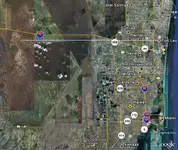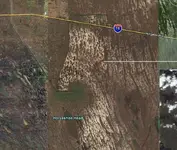Bigcypresshunter
Sapphire Member
- Joined
- Dec 15, 2004
- Messages
- 27,000
- Reaction score
- 3,340
- Golden Thread
- 0
- Location
- South Florida
- Detector(s) used
- 70's Whites TM Amphibian, HH Pulse, Ace 250
- Primary Interest:
- Beach & Shallow Water Hunting
- #501
Thread Owner
Thanks Jeff. Thats amazing. I believe this legend has been changed by the various authors over the years but I still believe it has some basis of truth.











 oooooooh thats it!! "7 pony loads of gold" must be the same legend.
oooooooh thats it!! "7 pony loads of gold" must be the same legend. 